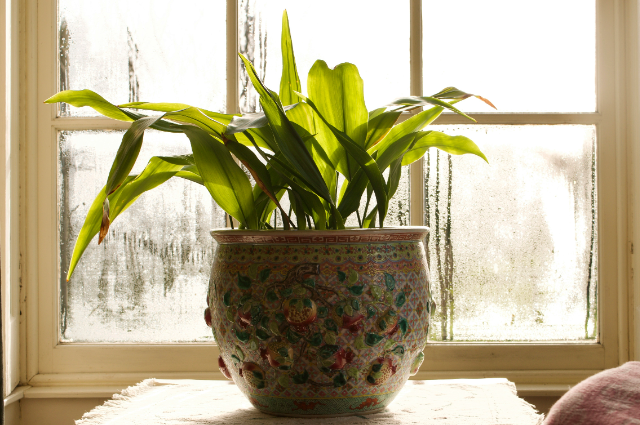Ecocriticism deals with how literature portrays the environment. Many works deal with the theme of nature and environmental issues. They show how anthropocentrism has led to the destruction of nature.
Ruskin Bond is known for his works on nature and environment. One of his prose works is “With Green Thumbs”. In this text, Bond talks about his love for plants and describes the different types of plants he owns. He treats each and every plant as human beings and considers each plant his friend.
“Those who stand by you in adversity- plant or human- are your true friends”, he writes. He depicts how plants have become a part of his everyday life.
Firstly, he talks about an orange tree that he grew in his bedroom by accident. He had pushed an orange seed into an empty pot and suddenly after a month the plant started sprouting shiny leaves. He enjoys the fragrance of the orange leaves and considers it a great way to start his day.
Next Bond describes an old variegated ivy which had spread all over his room wall. He describes how when he opens the window the gentle cool breeze rustles the leaves of the ivy. The plant became well adapted to his bedroom over the course of time and it had started growing all over his wall and desk. This portrays how nature is adaptive unlike humans who tend to be picky in terms of choices.
Bond also explains how he has mastered the art of tending to other people's sick plants and bringing them back to good health. He is thus called the plant doctor. He feels that such sick plants have been mishandled or over watered. He sympathizes with the plants and calls such acts as plant abuse. This shows how much he loves and cares for plants. He explains how he brought ill plants back to life by quietly placing them in a corner where they would restore by themselves.
Then, he had nursed a dying asparagus fern from the Savoy Hotel. The fern leaves had become so strong and grew so much that it covered a large part of his window. He describes how unwilling he is to return the plant to its owner. Bond had also rescued a sick Geranium plant of his friend, Mrs. Banerjee. Within fourteen days the Geranium had given new leaves and flowers. Again, he is unwilling to give away the plants back to the owner as he is worried if they would suffer relapses. This shows his concern for the plants.

Photo by Nora Hutton on Unsplash
Bond’s account of each plant’s recovery shows the self-healing property of plants. Nature has the ability of self-renewing and never fails to endure any harsh conditions. “With Green Thumbs” shows how nature is friendly to humans and how a green environment can soothe the chaotic minds of human beings.
Towards the end of the text, Bond talks about the various insects that visit his room as a result of the plants kept by his window. He talks of crickets which chirp continuously and he compared the sound to the music of famous Russian composer Tchaikovsky. Bond hears music in the sounds of nature.
Overall, this text shows how much Bond loves nature, especially plants and shows how nature can transform the lives of humans.

